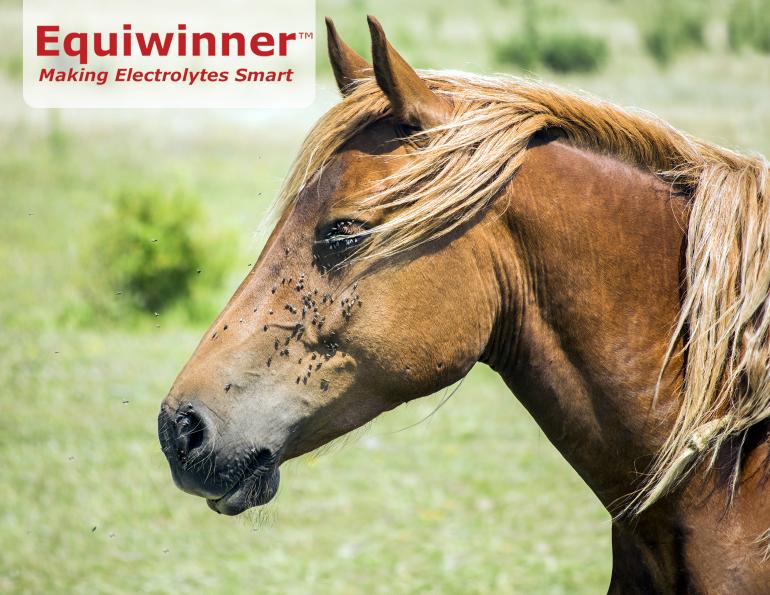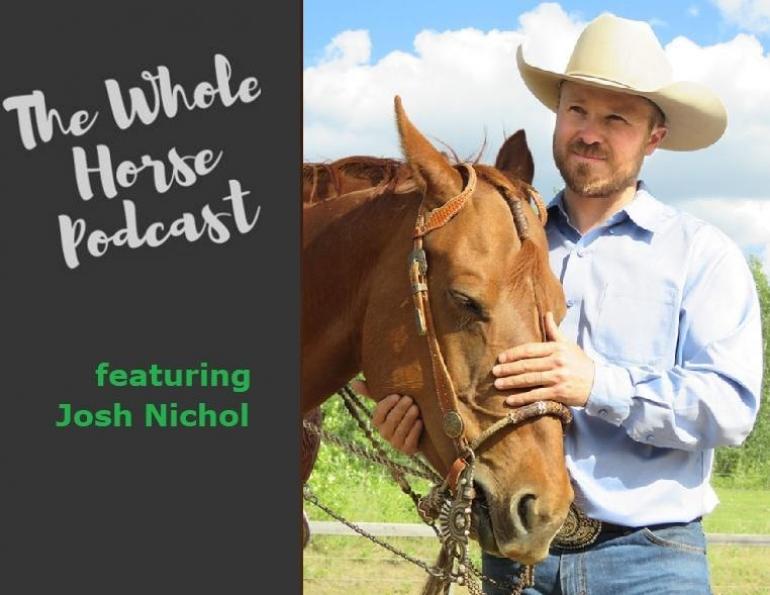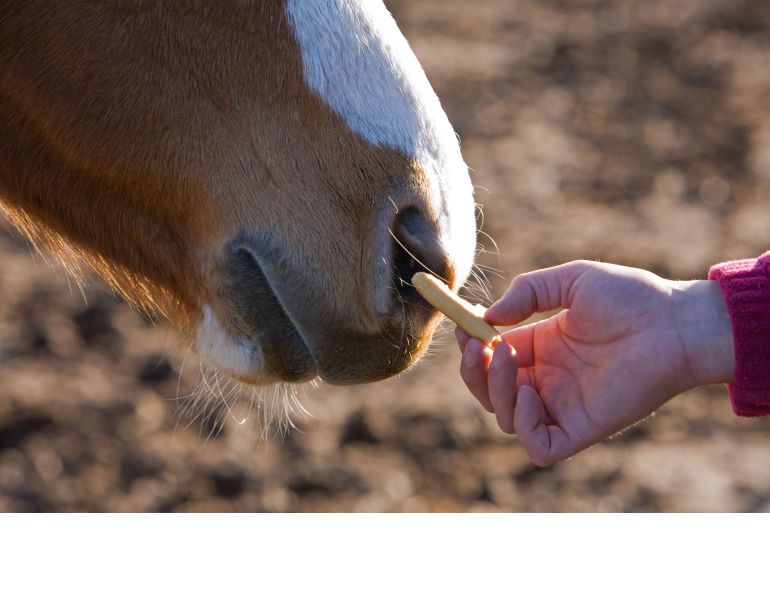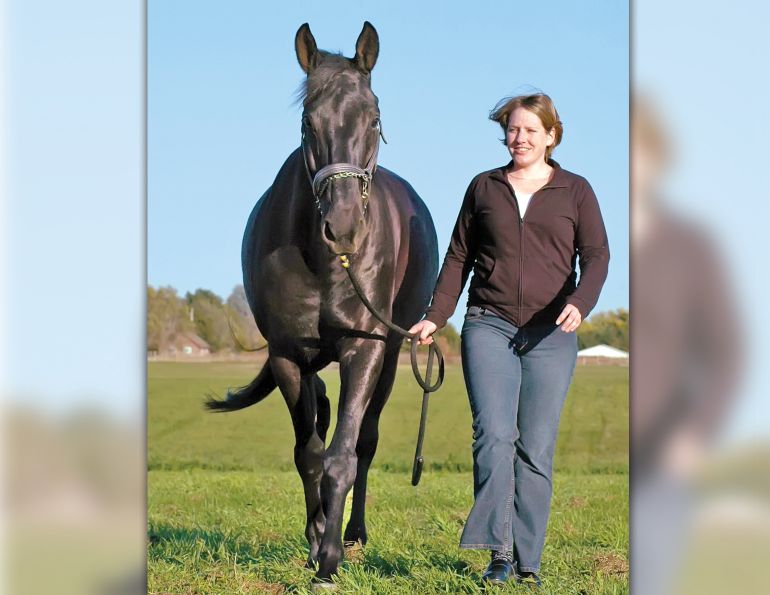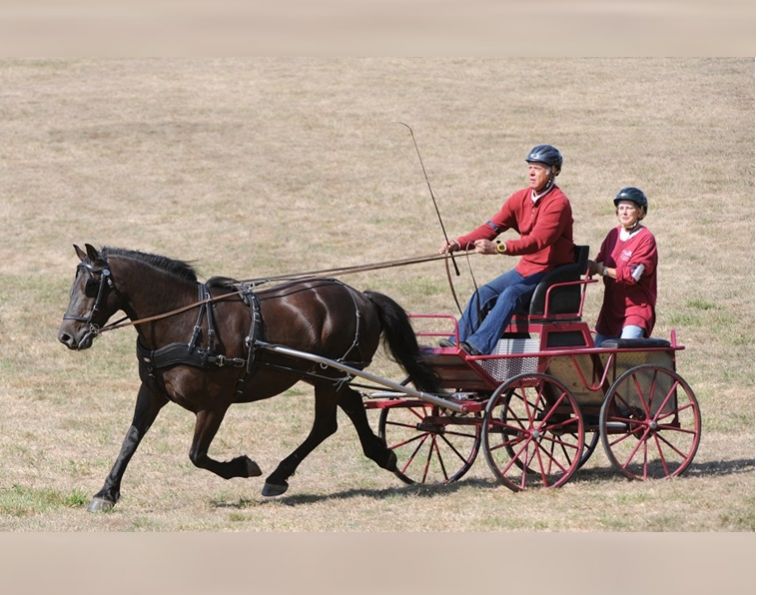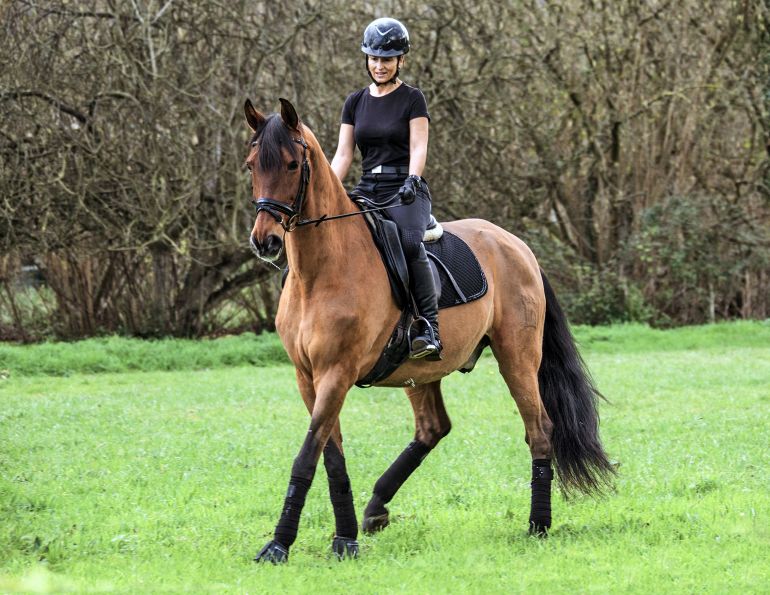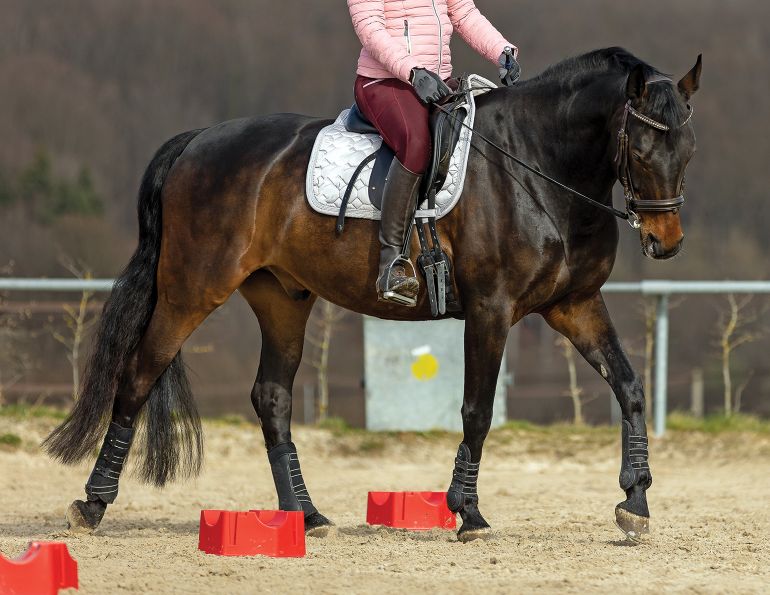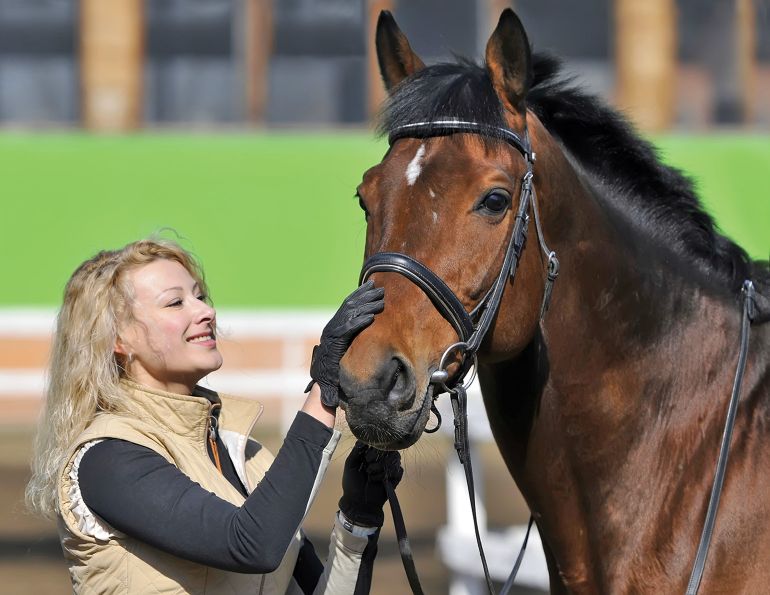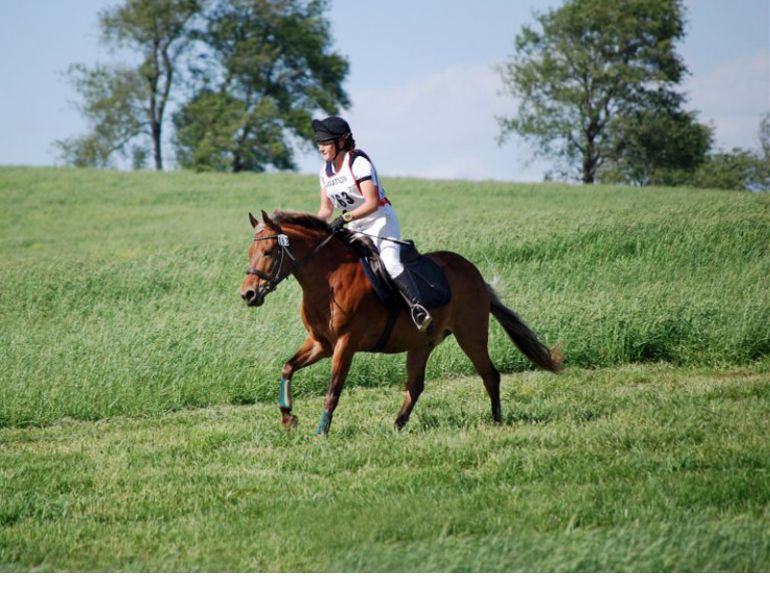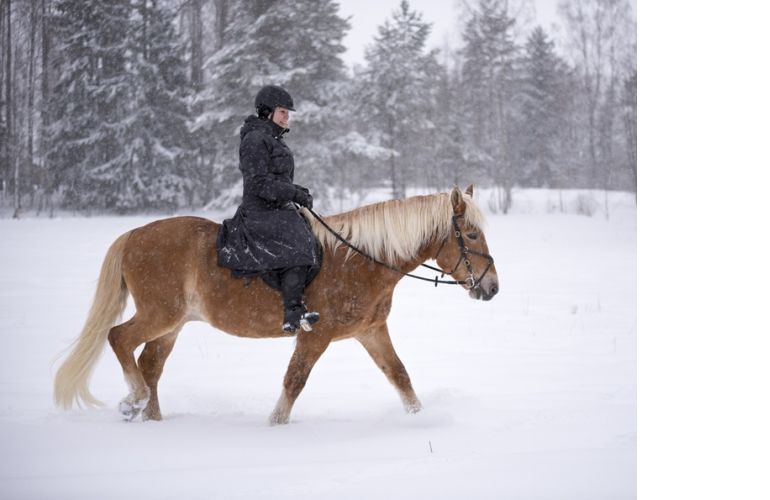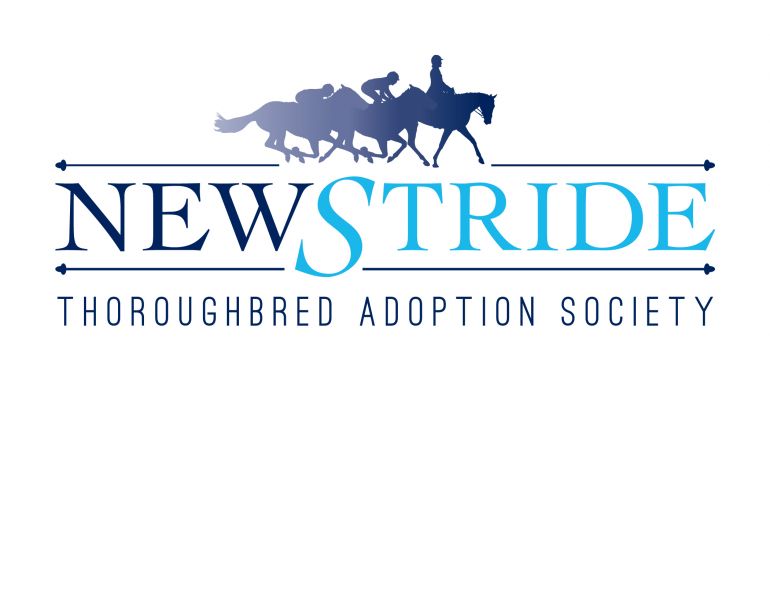By Will Clinging
Well, I have been back in the horse world for several weeks at the time of writing this article and am starting to settle once again into trainer mode. I was worried that after taking a couple of years off, I would be a bit rusty. Fortunately, I have been so busy that my timing and feel are quickly returning. On one hand it’s great that people need my help, but it’s also a bit discouraging to still see many people struggling with the animals they love.
I see the desire to learn and the willingness to change but still too much misinterpretation of horse behaviour. This is, of course, very subjective as interpretation is an individual perspective. For example, I always assume that my own opinion is correct. Without that belief I wouldn’t be very effective as a horse trainer. But that assumption is qualified with years of experience, thousands of horses, and my fair share of mistakes. It is not based on methods or definitions suggested by others who have never seen the horse, the handler, or the situation the horse has been put into.
If I didn’t trust my own judgment about behaviour I would often take a horse down the wrong path. The corrections I make and the responses I encourage are all based on the assumption that I understand the intention behind a horse’s action. If I misinterpret an action, I could easily reprimand a horse for an unintentional action or inadvertently reward a response that was unwanted. If I don’t realize that I have made a mistake, I have now quite possibly taught the horse a bad habit or have supported a negative behaviour pattern. With the best of intentions and a little misinterpretation I may have caused a big problem. Problems that go unrecognized can develop easily and quickly. We can create tension and confusion that will continue to worsen if we don’t adjust what we are doing. Sometimes we can create an issue in order to find a solution to a different issue. This can be done intentionally knowing what we are causing if we have an effective solution ready for the secondary problem once the initial issue has been dealt with.
The knowledge that I could be causing problems rather helping a horse is always on my mind and makes me consciously and constantly think about what I am doing and why I am doing it. I take this responsibility seriously because I have seen a lot of damage done to horses by people who have the best of intentions but not enough knowledge or experience to know what they are causing. I think many of us get caught up in what we are taught and we don’t learn to be critical of popular training methods. The technique being employed may be fine in one specific situation, but if the situation it is being used in is misunderstood the technique might now be unsuitable, causing problems rather than resolving them.
For example, sometimes an underlying pain or strength issue can trigger a change in behaviour. If the change is assumed to be caused by attitude rather than physical problems, the path to a solution can lead in a different direction. If a physical issue is detected but the problem is already established, there needs to be work done on both fronts. Fixing the cause of the pain may not necessarily change the pattern of behaviour. Improving his attitude will not make pain go away. Not knowing which approach to take to address a behaviour issue in not a big deal. We just have to be prepared to do a lot of research. Pick somewhere to start and work from there. I try to work backward from the problem to find a possible cause. Often we never do pinpoint the actual trigger that caused the change in behaviour. But through addressing a variety of issues as individual things we often resolve the issue and effectively change the pattern of behaviour.
Jax has difficulty accepting contact with the bit, probably because of weakness in his back. Here, even without a rider, Jax continues to evade contact with the bit while working in hand.
In my last article I introduced you to a horse named Jax, who has displayed some less than appropriate behaviour. I started a personality profile on him to try to come up with reasons why he may be misbehaving. I have now had enough time with him to help me paint a clearer picture of his personality and where the cause of his problems might lie.
Overall he is a pretty kind horse, easy to be around and easy to handle. In the round pen he responds well to pressure, a bit programmed maybe in his automatic responses, but overall I get a good feeling from him. Because his behaviour under saddle does not seem to fit with his behaviour on the ground I am looking beyond a poor attitude as the source of his issue. I am now changing the path I am going down in order to help find or eliminate other factors. If you remove the attitude from the equation, what you are left with is physical.
Jax has difficulty accepting contact with the bit. This is not so much an evasion of the bit as an evasion of connecting his back. On the lunge line he displays a tendency to go behind the bit, to bob his head and to turn his head to avoid connection. He has a long, underdeveloped back and a short neck. I don’t think he has the strength in his back to be comfortable with a rider on board. That being said, once he warms up he has had plenty of riding time with no issues out on the trail. So if there is increased tension present (both mental and physical) there is a possibility that because of weakness and tension in his back he has associated having a rider on his back as painful and this has developed into mental resistance. This resistance leads to more physical tension which upsets him even more, and so on.
Lunging and work in hand followed by light riding will help supple and strengthen Jax's back so that he can carry a rider more comfortably.
In order to address Jax’s weak back I am going to spend some time suppling and strengthening his back. There will be a lot of specific work on the lunge line and some work in hand. Then there will be some light riding to help change his perception of carrying a rider and I will also focus any riding on relaxation rather than correctness. For the next while, I want to make sure that his perception of what is happening is good to help dissolve the anxiety he feels. This is not going to be a particularly fast process but to be fair to Jax it is the direction we must go in. The things I have done with Jax to help change his attitude are still in place. I will support, enforce, and encourage what he has already learned, but only on an as-needed basis. The few things that I have asked him to do differently are now a part of his life and no longer just training sessions.
I will keep you updated on how things progress. It is important to note that any time we are dealing with less than ideal behaviour we should look at all possible factors – from genetics to injuries, from poor handling to bad attitude. In the quest for an answer to the underlying source of the problem we often find multiple small issues that we were not even aware of. These are called holes in the training. It can be hard to spot holes because often they are small, but once you find one they become easier to spot. This is important because small problems can accumulate and turn into big ones.
When I can help a horse with possible physical issues that may be contributing to behaviour issues there is often some residual effect of the physical problem on the attitude. Fear through association can occur, or anticipation of pain that leads to unwarranted corrections. There may be a need to revisit the mental side of the coin. I hope that, with all the work ahead, we can soften Jax’s body and attitude and help him let go of the anxiety he associates with being ridden.
All photos by Shauna Clinging
Main photo: Will Clinging is currently working with Jax, a six-year-old Friesian-Hanoverian cross gelding, on issues that were causing the horse to become unreliable to ride and causing his owner to lose confidence and enjoyment of riding.




